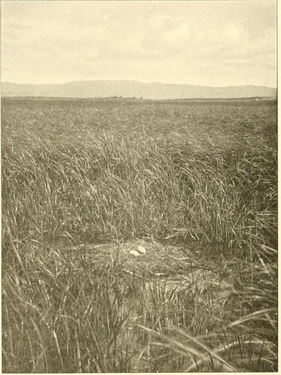 Crane's nest on La Janda - from Willoughby Verner's book 'My Life Among the Wild birds of Spain' (1909)
Crane's nest on La Janda - from Willoughby Verner's book 'My Life Among the Wild birds of Spain' (1909) .
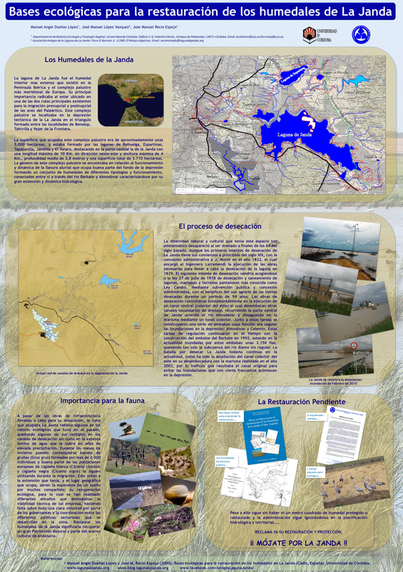 Asociación Amigos de la laguna de la Janda's poster on the site
Asociación Amigos de la laguna de la Janda's poster on the site 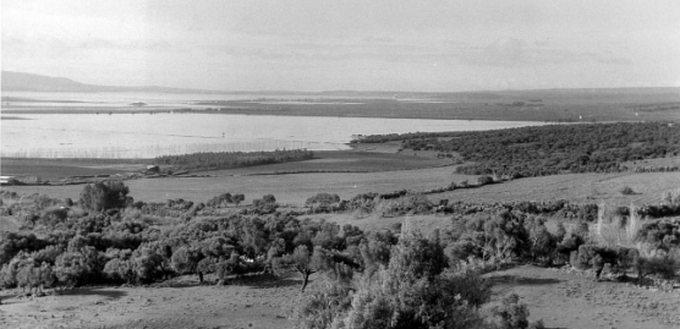 An historic photo of La Janda before it was drained - from the excellent website of the Asociación Amigos de la Laguna de la Janda
An historic photo of La Janda before it was drained - from the excellent website of the Asociación Amigos de la Laguna de la Janda I've been revising my notes on this area recently and decided to redraft the coverage of La Janda so that they assume arrival along the N 340/E 5 from Tarifa (or Vejer de la Frontera). I had originally written them as if arriving off the CA 212 near Benalup which, coming from Alcala, is my usual route, but the truth is most visitors tend to enter the area from the N 340 particularly, as noted above, in the autumn when many birders tend to stay near Tarifa. The comments that follow are an amended version of those notes.
 Facinas from (a)
Facinas from (a) 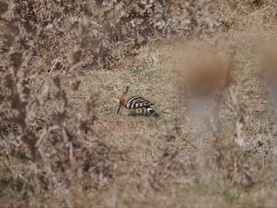 Hoopoe - the plumage is surprisingly cryptic when they feed amongst dry grass & thistles
Hoopoe - the plumage is surprisingly cryptic when they feed amongst dry grass & thistles 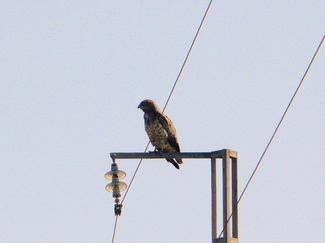 Short-toed Eagle - if you drive the main track in autumn you'll inevitably see the species perched up on pylons
Short-toed Eagle - if you drive the main track in autumn you'll inevitably see the species perched up on pylons 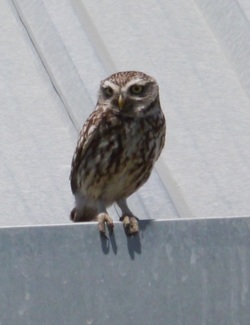 Little Owl are often seen in the farm yard
Little Owl are often seen in the farm yard
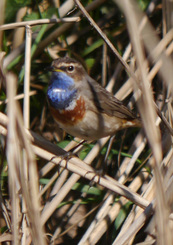 Bluethroat often conceal themselves in reedbeds
Bluethroat often conceal themselves in reedbeds 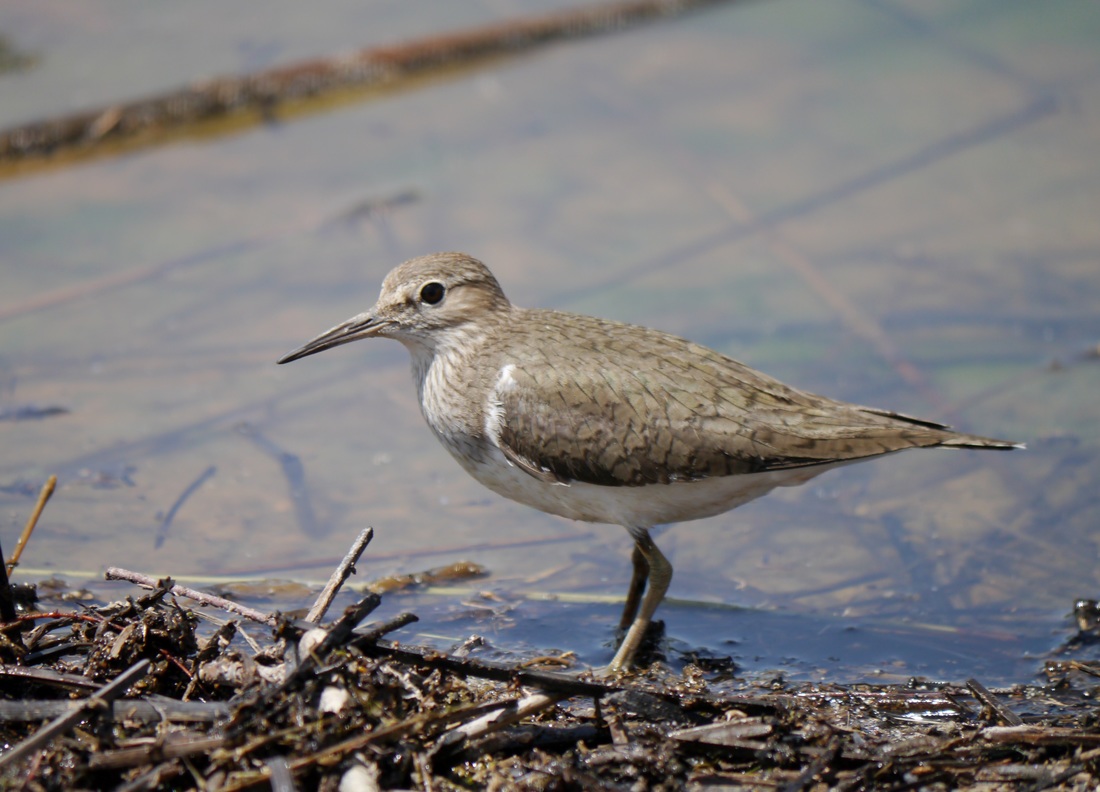 Common Sandpiper - a bird of subtle charms
Common Sandpiper - a bird of subtle charms 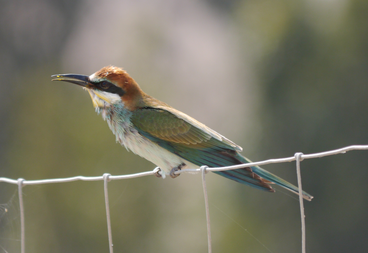 Juvenile Bee-eaters are duller than adults - hence are far less often seen in photos!
Juvenile Bee-eaters are duller than adults - hence are far less often seen in photos! The information here, and in my notes, should help you enjoy a profitable visit to the area, but if you'd prefer to have an expert on hand then check out these recommended tour guides:- - Javi Elorriaga & Yeray Seminario http://birdingthestrait.com/ based in Tarifa
- LuisMi Garrido Padillo, a good personal friend who runs Andalusian Birding
Holidays (http://andalusianbirdingholidays.com) from Jerez
- Luis Alberto Rodriguiez (Birdaytrip) - (http://www.birdaytrip.es/) - who specialises in the Malaga area.
- Peter Jones, one half of Spanish Nature (http://spanishnature.com) based near Ronda,
- Andrew Fortuna runs Aviantours (www.aviantours.net/home.html) out of Gibraltar
- each guide/company has different priorities and areas of expertise so contact them to find who best suits your needs.
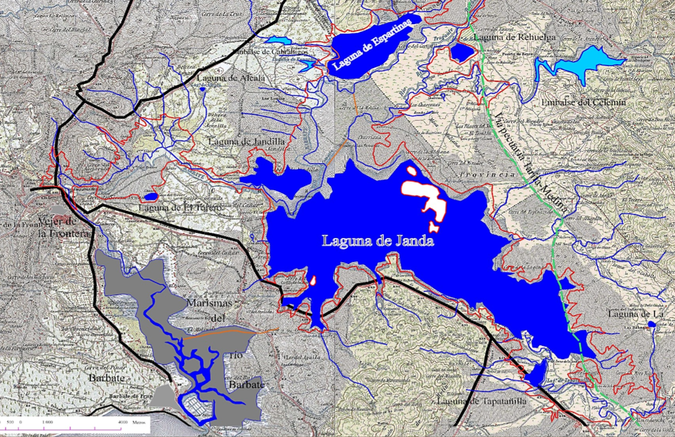
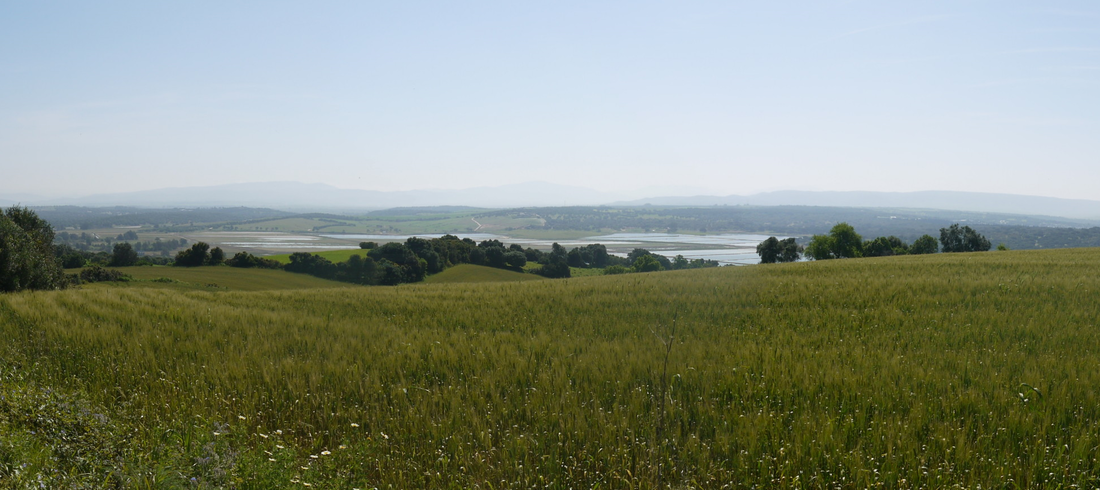
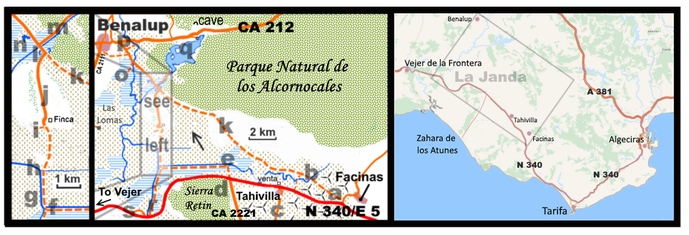
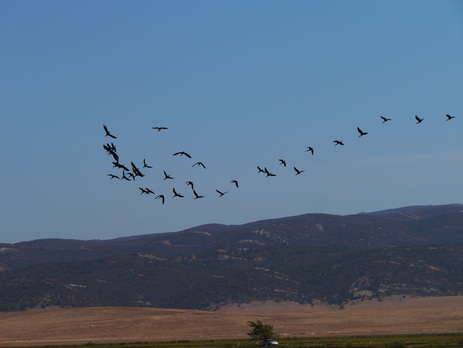
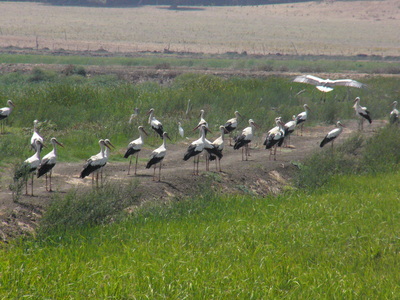
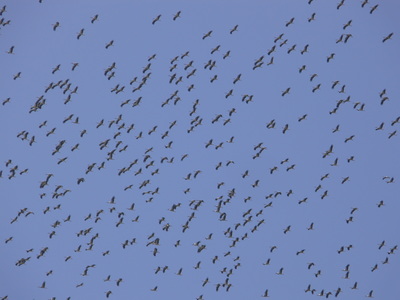
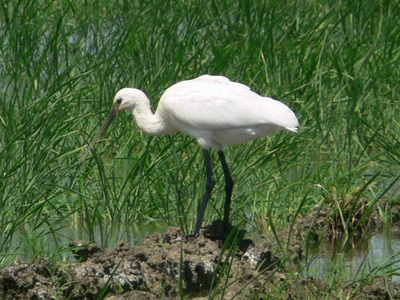
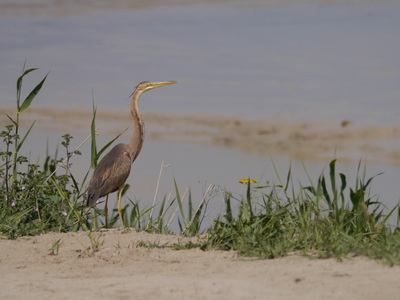
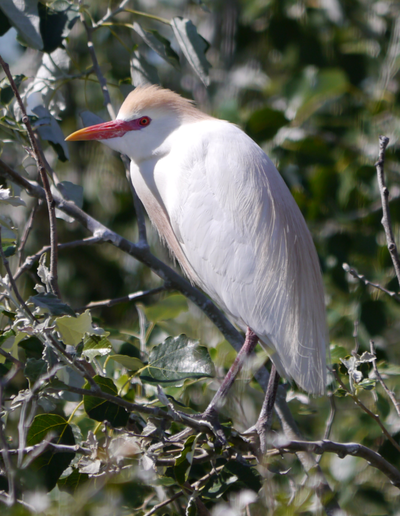
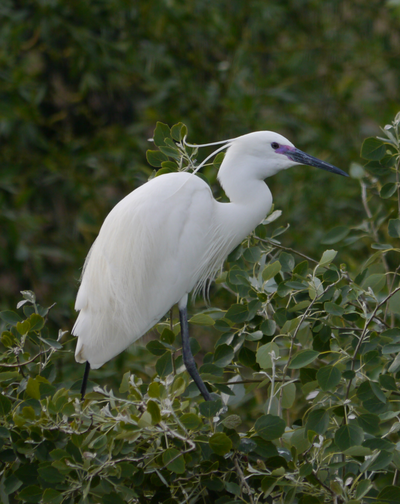
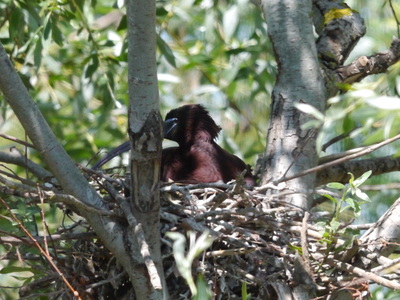
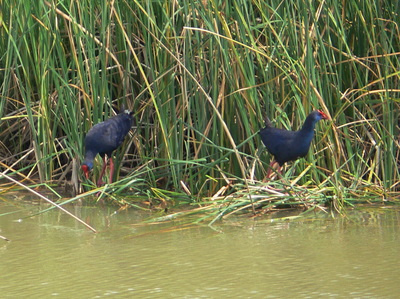
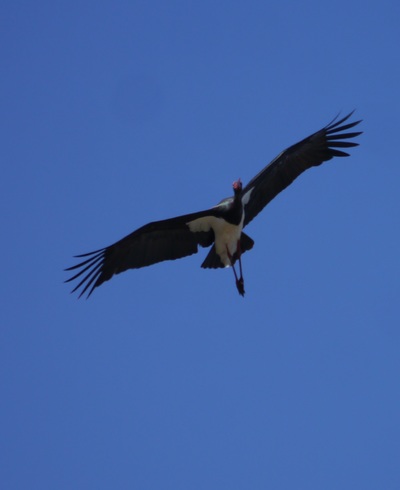
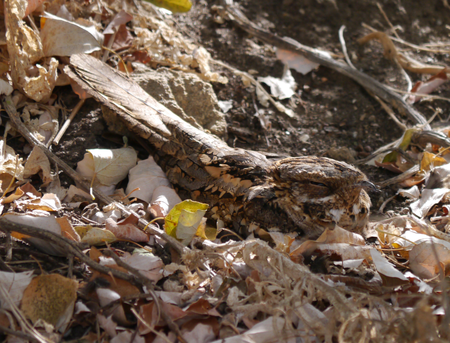
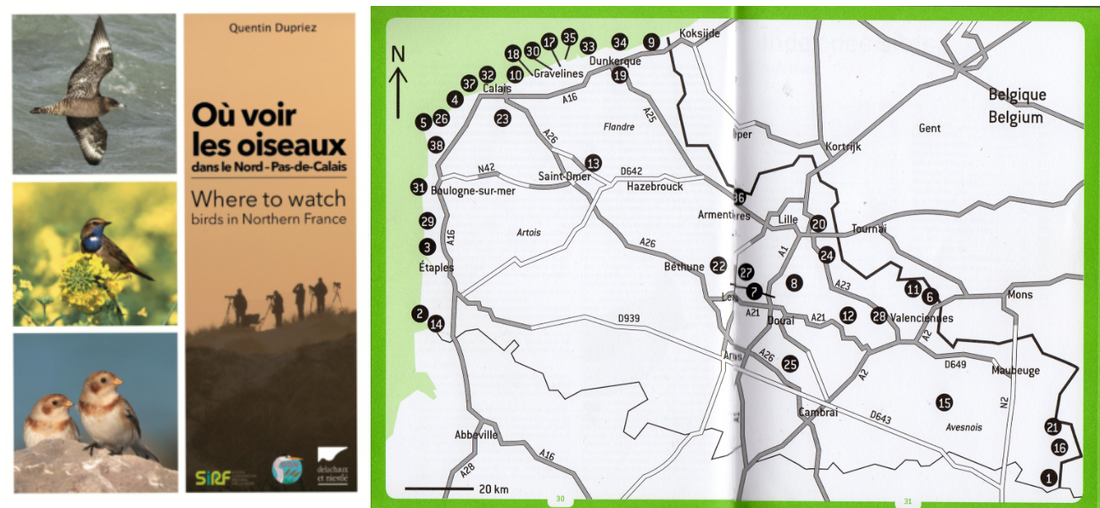
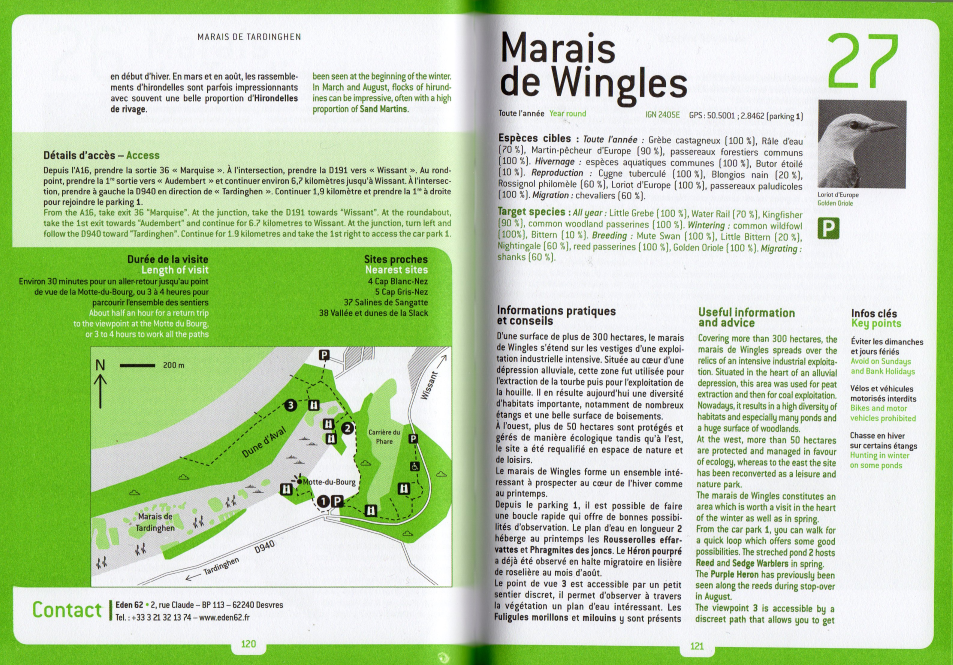
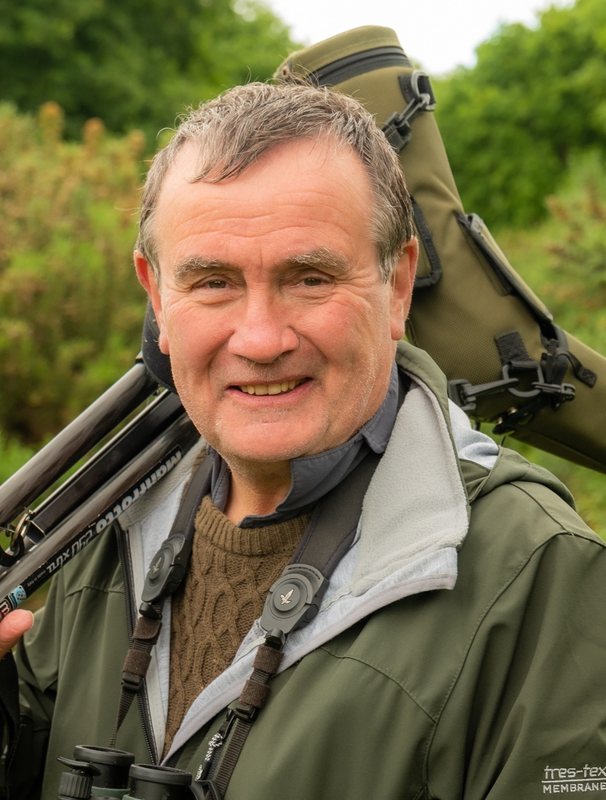
 RSS Feed
RSS Feed
